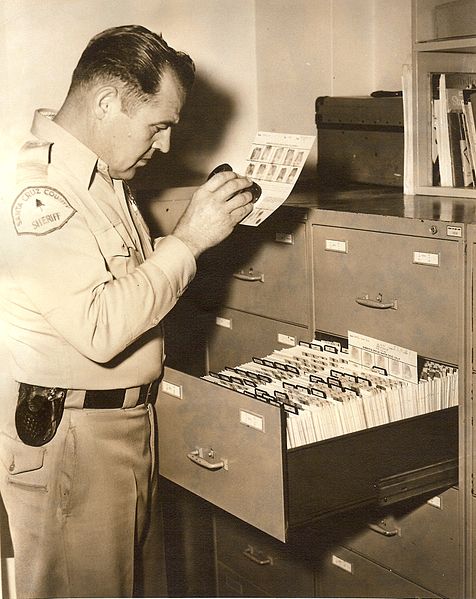Criminology has come a long way, but it’s still a very imperfect science. I would guess that some of the people who’ve been exonerated for long-ago crimes based only on DNA evidence probably were actually guilty. Genetic fingerprints can get “smudged.” From Justin Peters at Slate:
“In films and on television, crime labs are sterile and well-equipped, technicians are brilliant, DNA samples are in perfect condition, and results are conclusive.
Real life is different. As William C. Thompson puts it in an article for GeneWatch, although they are generally reliable, ‘DNA tests are not now and have never been infallible. Errors in DNA testing occur regularly. DNA evidence has caused false incriminations and false convictions, and will continue to do so.’ Labs are underfunded, technicians are overworked. Samples are imperfect. Answers can be elusive—even in cases of more recent vintage than the Walker murders.
Knowing all that, there was no reason to expect that the In Cold Blood exhumations were likely to solve this very cold case. The Walkers were killed in 1959, in an era when DNA testing did not exist, and authorities at the time would’ve had no reason to maintain Christine Walker’s semen-stained underwear in perfect condition just in case DNA testing was ever invented. Even if they had, it can be hard to extract viable samples from a 50-year-old corpse, because corpses decay. The authorities were only able to construct a partial DNA profile from Hickock’s and Smith’s bodies, which basically means that, even if all else went well, technicians would only have been able to place Hickock and Smith within a larger group of people who also matched the sample.”
Tags: Justin Peters

